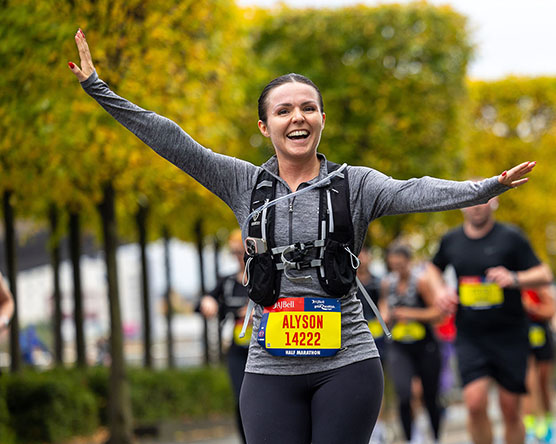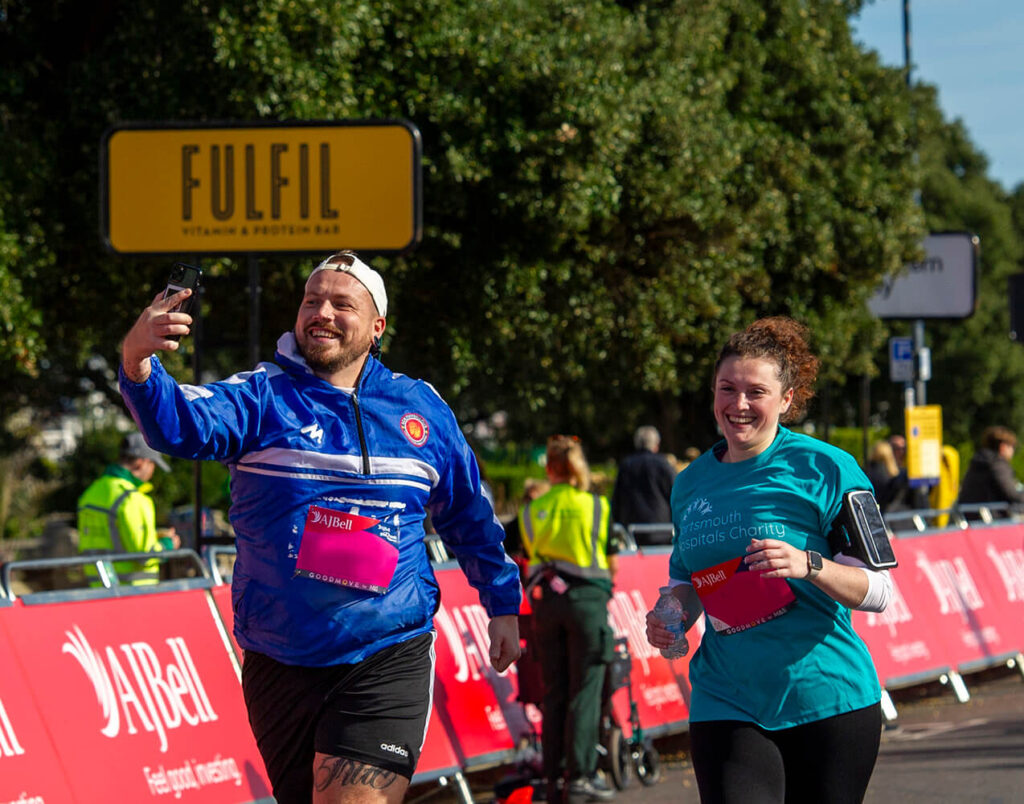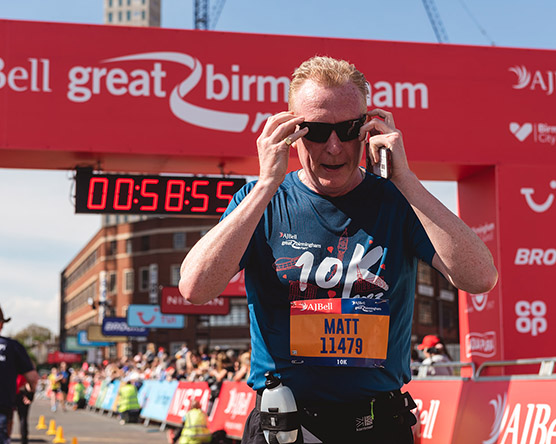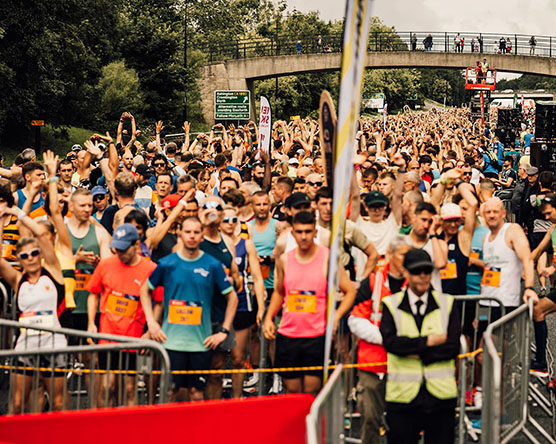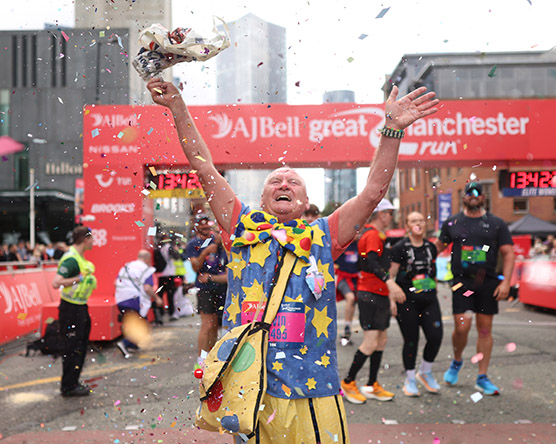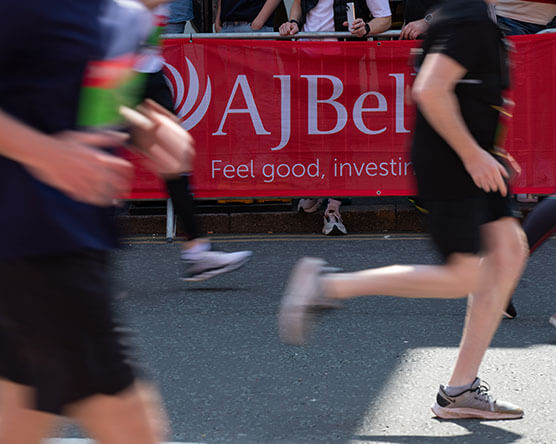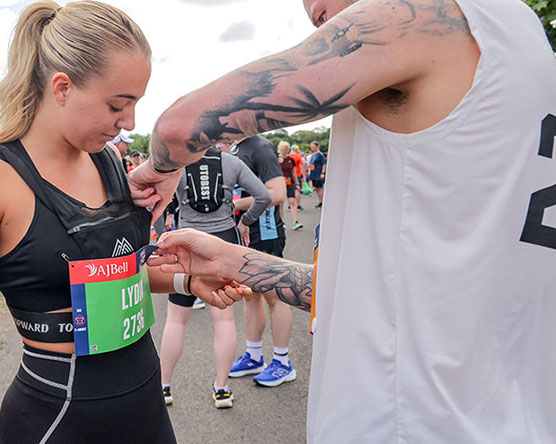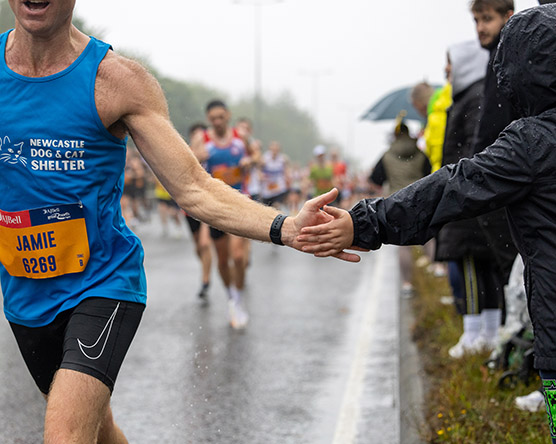For most of us, breathing is unconscious: it’s just something we do (and, if we’re honest, take for granted).
If you’re new to running, though, you might find yourself suddenly reminded of the importance of breathing – perhaps as you’re halfway up a killer hill and gasping for air!
Focusing on breath is an important part of every runner’s journey, regardless of ability or experience level. Read on to find out how to boost your performance and avoid injury using something as simple as your breath…
System warmup
Before you even step outside the door, you can prepare yourself for the physical challenge that lies ahead.
Just as you’d warm up your body with stretches and exercises, take the time to build up your breathing. Long, deep inhalations and exhalations help transport oxygen to your muscles. Once you start running, they’re going to need it!
Keeping these long inhales and exhales going while you’re running is also a good way to avoid a runner’s worst enemy: the dreaded stitch. Stitches are thought to happen when your diaphragm goes into a cramp, so keeping that big respiratory muscle moving steadily with – yep, you guessed it – deep breathing stops them in their tracks.
Belly breathing
Speaking of the diaphragm, it’s a good idea to practise diaphragmatic breathing – otherwise known as belly breathing – during and in between workouts so that it becomes your natural running go-to.
Most of the time when we breathe, we hardly use our diaphragm. However, when workouts require a bit more from us, engaging the diaphragm in the breathing process keeps our blood oxygen levels high and helps us expel carbon dioxide more quickly.
And the best news is it can all be done while lying down!
Lie down and place your hands on your body – one on your chest and one on your abdomen. Breathe in and notice which hand moves first – if it’s a normal breath, the top hand should rise upwards as your lungs fill with air. Keep going until the hand on your abdomen starts to rise, too. Try to keep the breath going for four seconds or so before exhaling. Repeat, and continue for 5-10 minutes.
As diaphragmatic breathing becomes more natural, try it while standing and then while running – as well as getting more oxygen to your muscles, you’ll also enjoy other benefits like improved focus and increased feelings of calm.
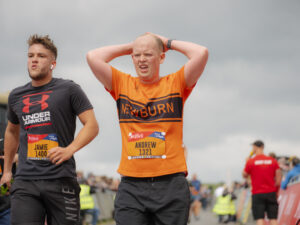
Mouth breathing
For runners, breathing through our mouths as well as our noses is a quick and easy way of taking in more air – and therefore oxygen – while working out.
However, we’re conditioned to breathe through our nose, not our mouths – and so mouth-breathing can take a bit of practice to make it feel more normal.
And there’s more good news – once you’ve cracked mouth-breathing, you’ll also be helping to reduce the amount of tension in your face and, in particular, your jaw.
Relaxed runner coming through!
Let’s get technical – rhythmic breathing
Once you’ve mastered some basic breathing awareness and techniques, you’re ready to start thinking about rhythmic breathing.
Most runners on a steady run will inhale and exhale evenly. So they might run two paces (while inhaling) and run two more paces (while exhaling).
Sounds nice and balanced, right? Except it isn’t, because this 2:2 breathing approach means that you’re always exhaling on the same foot. And that’s not good for your body.
Why? Because when you exhale, your body is more unbalanced and under more impact stress than when you inhale. And that means you’re prone to injury – especially if you’re always breathing out on the same ‘side’.
How can you avoid this running pitfall? Well, by alternating your breathing so that your inhale lasts longer than your exhale. Keep breathing over two paces, but push your exhale out in one step. So instead of 2:2, your rhythm is 2:1.
That way, you’ll alternate exhalations between your left and right foot and balance the impact across both sides of your body.
And that’s it – everything you need to take you from breathing basics to respiratory master!
For more tips and advice, visit our Training page.




